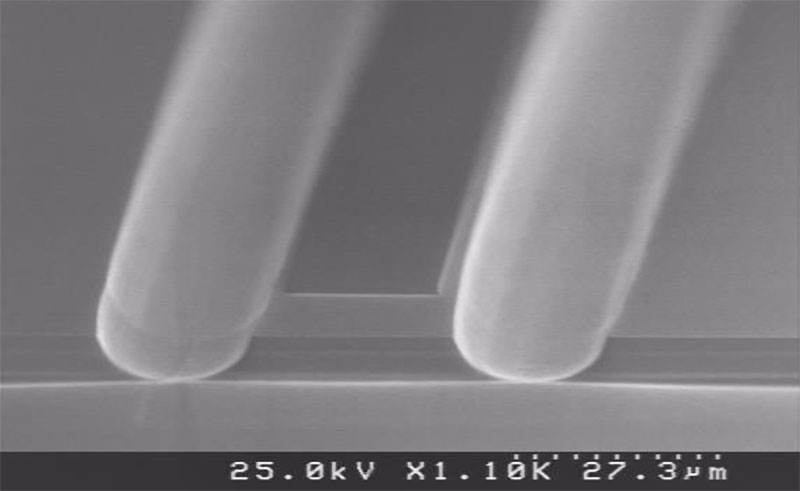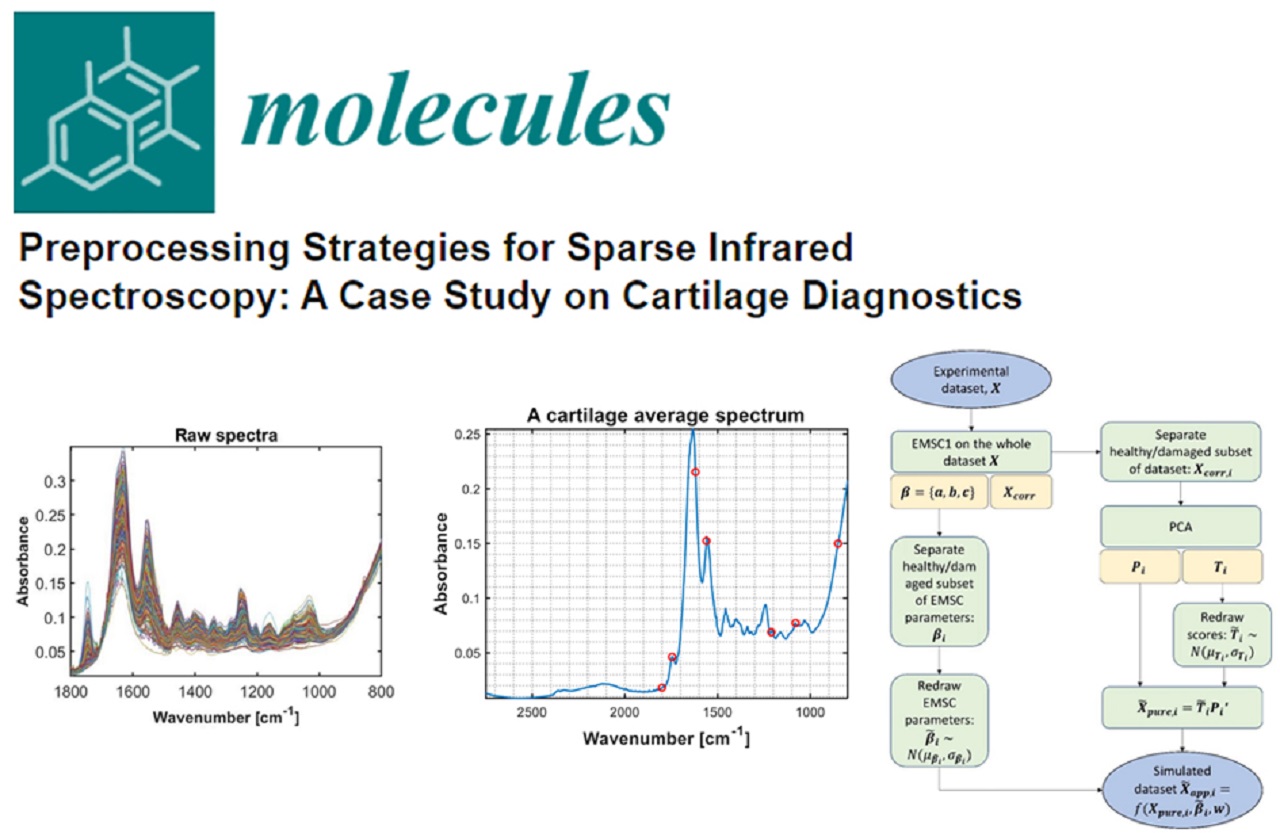A major component of the MIR arthroscopy probe for biochemical real-time evaluation of articular cartilage, under development within the MIRACLE project, is the light source. As a leading manufacturer of semiconductor lasers for spectroscopic measurement technology, nanoplus will develop and produce this innovative laser source.
The first step in the development of the light source was the selection of the most relevant spectral windows for the evaluation of the quality of articular cartilage. The determination of the respective wavelengths is based on preliminary analysis of human knee cartilage samples with conventional ATR-FTIR spectroscopy tools, multivariate analysis and histological grading [UULM, AP, UEF and UOULU].
Based on this analysis [UULM, NMBU], the MIRACLE consortium determined several spectral ranges in the mid infrared (MIR) fingerprint region for examination. Since the quantum cascade laser (QCL) can be designed to operate at room temperature conditions around 3 to 25 microns, it is the most desirable light source for the selected spectral range.

Side view of a QCL laser ridge taken by SEM.
The epitaxial structure of the QCL is determined through the wavelength requirements. It consists of periodic series of different nanometer thin III-V semiconductor layers, forming a superlattice which determines the energy difference of the lasing level and thus the emission wavelength. To meet the spectral requirements, the layer structures are simulated and subsequently grown in the molecular beam epitaxy system at nanoplus.
In addition to the work on the epitaxial structure, the design of the laser chips was developed and the processing was started. Besides microfabrication and microstructuring of the QCL samples, the development of the packaging/mounting has begun. After finalization of the first QCL chips, they will be characterized electrically and optically to obtain detailed performance figures.


